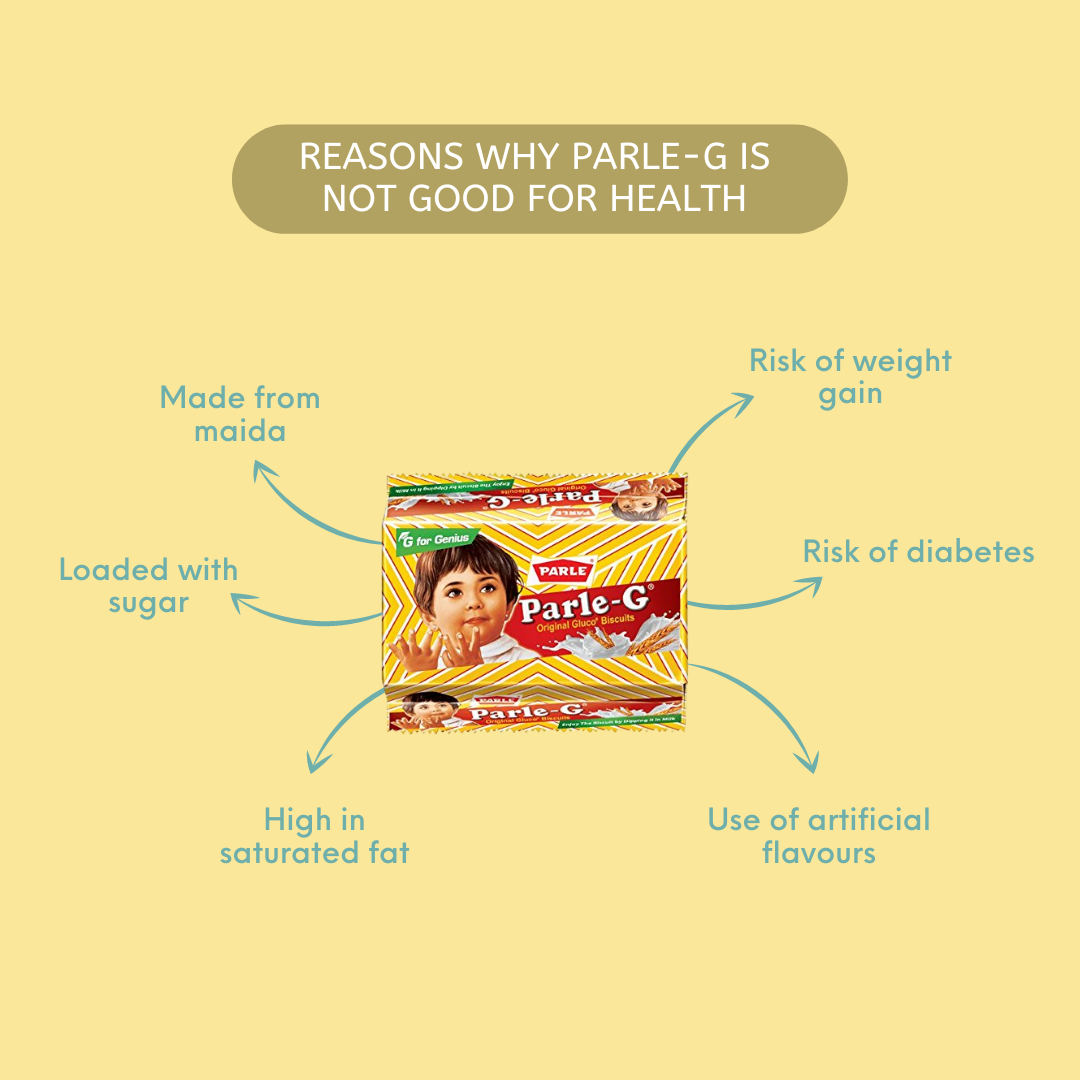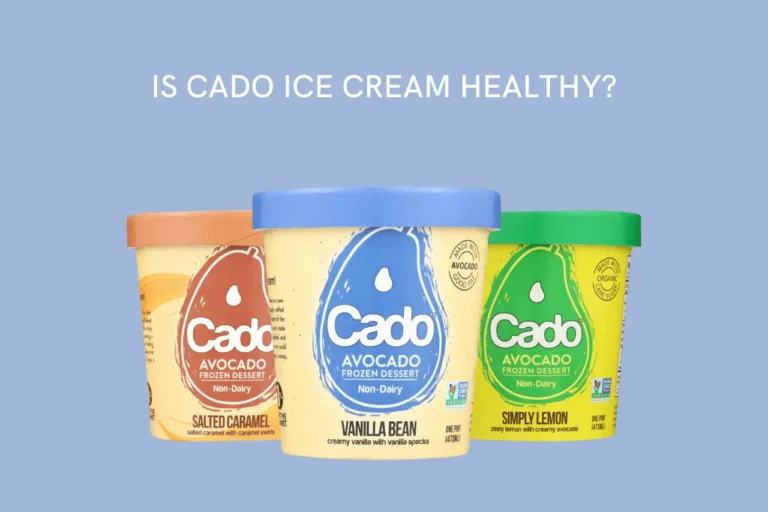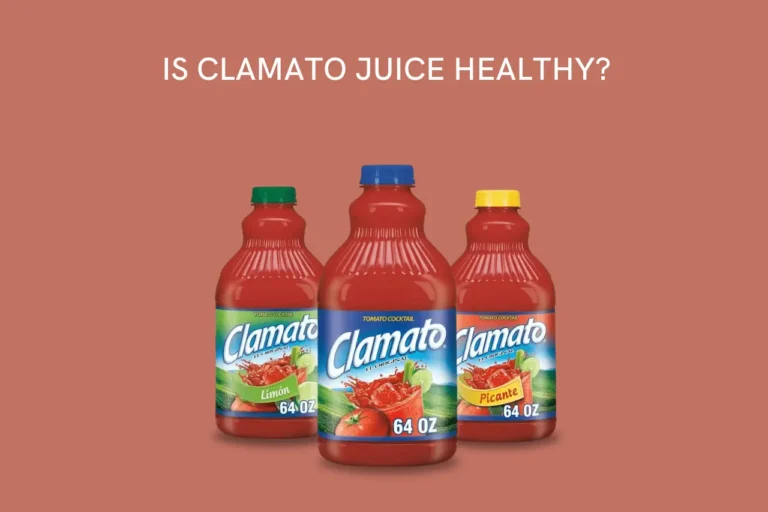Parle G biscuit is one of the most popular biscuit brand in India. It was first manufactured in the year 1929 by the Parle Biscuit company. It is a simple, unassuming and affordable product that has withstood the test of time. Over the years, it has gained immense popularity not just in India but also in other parts of the world.
Today parle g is the country’s top-selling biscuit, with more than half of the population eating it on a daily basis. It’s known as the poor man’s biscuit, with rural areas accounting for half of its sales. But medically speaking, is parle g good for health?
I researched parle g and discovered that India’s most popular biscuit is loaded with sugar and unnecessary ingredients that make it bad for the health.
This was disappointing because I enjoy eating parle G as well, but I feel it’s important to share all the 6 reasons that makes it bad for your health.
But first, let’s look at the ingredients and nutritional value.
Also read: Is Oreo Biscuit Good For Health? Find Out The Truth!
Nutritional value of Parle G
Here is the nutritional value of 100 grams parle g:
- Calories: 451
- Carbohydrates: 78g
- Sugar: 25.5g
- Fat: 12g
- Fibre: 1.8g
- Protein: 6.5g
Ingredients in Parle G
The key ingredients used in parle g are:
- Wheat flour: The main ingredient in parle g biscuits is wheat flour, accounting for about 67% of the total. The rest is most likely made with refined wheat flour(maida).
- Edible vegetable oil (palm oil): Palm oil is an edible vegetable oil derived from the fruit of the oil palm tree. It is used as a flavour additive and gives biscuits a creamy taste and texture.
- Invert syrup: Invert syrup is a type of sugar syrup made from a mixture of glucose and fructose. Biscuits generally have high sugar levels. Therefore, invert syrups are used together with sugar to keep the biscuits texture soft and avoid the crisp texture.
- Edible common salt: It is also known as table salt (the same salt you use in the kitchen). It is added to biscuits to add flavour and prevent going bad.
- Milk solids(0.6%): It is the dried powder left after all the water is removed from liquid milk. Milk solids are known as a good source of protein and calcium, but in parle g biscuits, only 0.6% is used.
- Emulsifier(DATEM): DATEM is a food additive used to improve the quality of biscuits by increasing the strength and elasticity.
- Raising agents: Raising agents are used to make biscuits rise and become fluffy. The most common raising agent used in biscuits is baking powder.
- Dough conditioner: Dough conditioner is used in biscuits to improve the quality, taste and shelf life of the final product.
- Artificial flavours: These are laboratory-made flavours used to enhance or modify the taste of the biscuits.
6 Reasons why Parle G is not good for health

Made from maida
The first and foremost reason parle g is not good for your health is that it contains maida.
During my research, I found that some parle g biscuits were made with wheat flour while others were made with refined wheat flour. Additionally, I discovered that the biscuits made with wheat flour were not entirely composed of wheat, meaning that the rest were made with maida.
Maida based biscuits are one of the unhealthiest types of biscuits that you can eat out there. As per research, food products made from maida have very low nutrients level and high glycemic index.
Regular consumption of maida raises your cholesterol levels, makes you fat, raises blood pressure, spikes your blood sugar and keeps you hungry.
It’s better to go with biscuits made from 100% wheat and whole grains.
Also read: Are Good Day Biscuits Good For Health? Here Is The Answer
Loaded with sugar
These days, it’s tough to tell whether the biscuits on the market are being sold as sugar delivery systems or as actual biscuits. Companies load their biscuits with many kinds of sugar, in the form of corn syrup, dextrose, invert sugar, sweeteners, and Parle G is no different.
A 100 grams serving of parle g has 25 grams of sugar, which is equal to 6 teaspoons. Then, the addition of inverted sugar syrup adds even more sugar content to Parle-G, making it very high in sugar overall.
While there is no harm in enjoying a sugary biscuit every once in a while, consuming too much of these biscuits can negatively affect your health.
As per research, excessive sugar intake can lead to weight gain, tooth decay, and increased heart disease factors such as obesity, high blood pressure and inflammation.
Furthermore, Parle G biscuits are popular among children, and while they can fill their stomachs, they are useless because they do not provide essential nutrients to growing children.
Also read: The Truth About Chocos: Is It Really Good For Your Health?
High in saturated fat
Biscuits these days are high in saturated fat. Many people seem to think that this is okay. However, there is a lot of evidence to suggest that saturated fat can be harmful to your health.
A single 10 Rs packet of Parle G contains 8 grams of saturated fat, which is more than 60% of the American Heart Association’s recommended daily limit of 13 grams. Furthermore, you may be consuming saturated fats from other foods in addition to parle g, resulting in an overabundance of this type of fat.
People who consume too many saturated fats are at more risk of heart disease and other chronic diseases.
Risk of weight gain
While parle g may taste delicious, frequent consumption can lead to unhealthy weight gain. It is loaded with maida, sugar and calories, all of which pose a significant risk to your weight. It may also lead to obesity in the long run.
Parle g also contains a lot of carbohydrates, which the body turns into sugar. This causes blood sugar levels to spike, leading to weight gain over time.
However, people who are active enough do not see a significant difference in their weight. But the risk increases more for people who have a sedentary lifestyle.
Does that mean parle g is good for gaining weight? Absolutely not. There are plenty of other healthy foods that can help you gain weight without putting your health at risk.
Also read: Also read: Is Maggi Good For Your Health? Here’s What Research Says
Risk of diabetes
Being made from ingredients like maida, invert syrup, sugar and artificial flavours increases the overall glycemic index of the parle g biscuits.
Eating parle g not only puts diabetics at risk of high blood sugar levels, but it also puts non-diabetics at risk of developing diabetes in the long run.
Moreover, studies have also shown that overconsumption of any type of added sugar is associated with an increased risk of conditions like heart disease and diabetes.
Use of artificial flavours
Artificial flavours are added to food to improve the taste and flavour, which gives you a strong but short-lived “yum” sensation that encourages you to eat more.
While the FDA permits most artificial flavours in food products, they still pose some health risks to human health.
As per research, artificial flavours in foods may be associated with a higher risk of some types of cancer. While the evidence is not that strong, still it’s better to avoid food products that use artificial flavours.
Final words
Whether you eat Parle G biscuits or any other popular biscuit brand in India, most of them contain maida, sugar, and other unhealthy ingredients.
Parle G is a delicious biscuit with a flavour we’ll never forget, but it’s not good for the health. It can be hard to say no to the parle g which we Indians have been eating for decades, but sometimes it’s necessary for the health.
I know that most of us can’t stop eating parle g, but it will be better to limit the consumption as excess intake will do more harm than good.
Found this information helpful? Share it with the world.
Meanwhile, here are few other posts that might be helpful for you:




